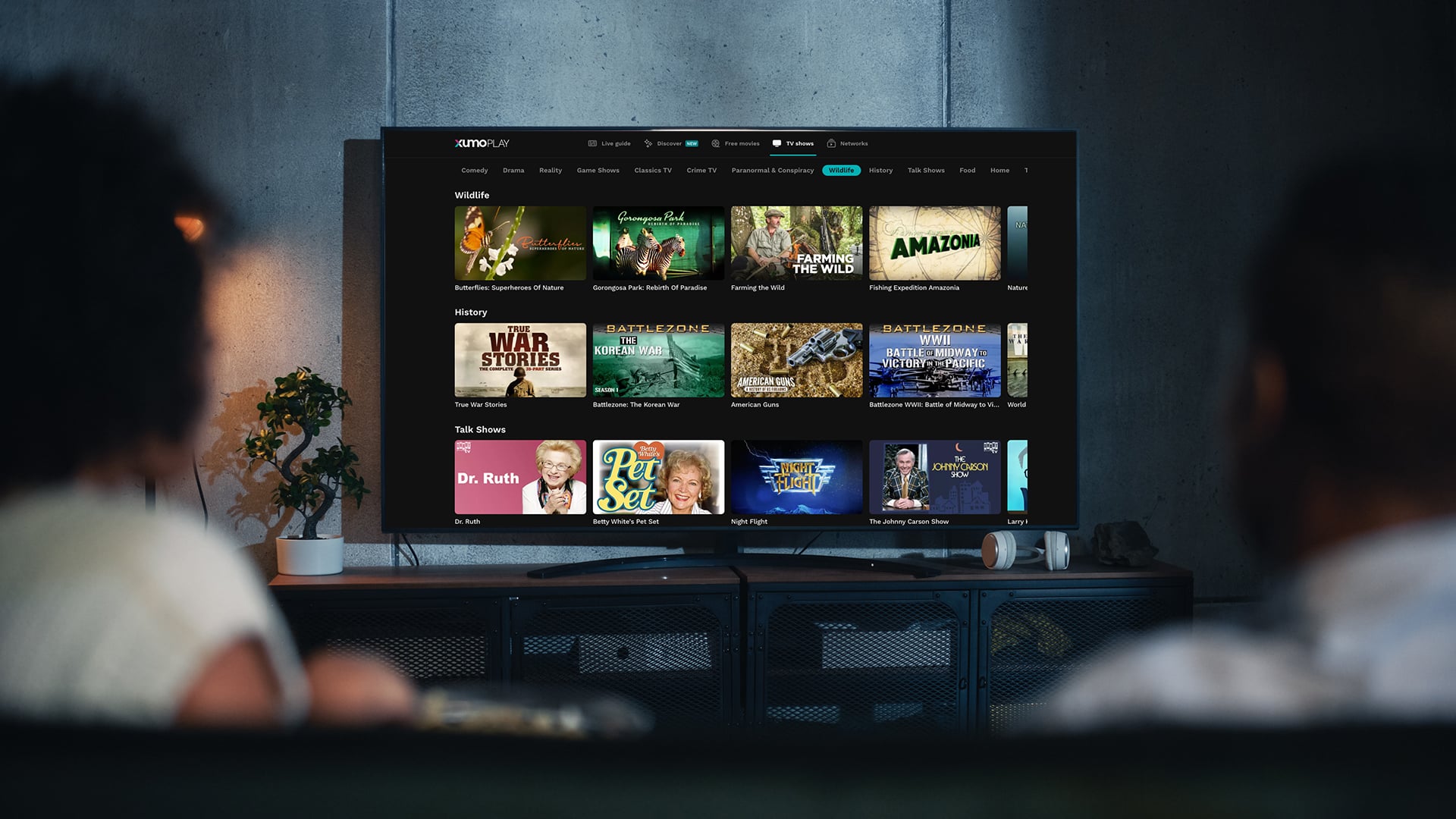Not known Facts About Apollo Group Tv
Not known Facts About Apollo Group Tv
Blog Article
The Best Guide To Apollo Group Tv
Table of ContentsExcitement About Apollo Group TvGetting My Apollo Group Tv To WorkExamine This Report about Apollo Group TvThings about Apollo Group Tv
In this circumstance, rather than having three-minute commercial places during a 30-minute tv program, television programming may transform to one where a customer will certainly be called for to have a month-to-month membership, to make sure that they cen view targeted banner advertisements. This sort of advertising and marketing currently happens online, and the amount of information tv business gather enables them to do similar.Discuss the influence of sponsors on program web content. Define the major patterns amongst the broadcasting and wire networks. When tv remained in its infancy, producers designed the new tool on radio. Popular radio shows such as police dramatization Dragnet and western cowboy collection Gunsmoke were adjusted for tv, and new television programs were funded by solitary marketers, simply as radio shows had been.
Today, the television industry is much extra complex. Programs are sponsored by numerous advertisers; programming is controlled by significant media empires; and the 3 major networks no longer dominate the airwaves yet rather share their visitors with many cord channels. A number of elements represent these patterns within the sector, including technological advancements, government guidelines, and the development of new networks.

The Main Principles Of Apollo Group Tv
Developed in 1969, (PBS) created out of a report by the Carnegie Payment on Educational Television, which analyzed the role of educational, noncommercial tv on culture. Public tv was additionally planned to give global access to tv for visitors in country areas or audiences who can not pay for to pay for private television services.
The period between 1950 and 1970 is historically identified as the. Besides a tiny section of airtime regulated by public television, the 3 significant networks (called the Big 3) controlled the television sector, collectively making up more than 95 percent of prime-time watching. In 1986, Rupert Murdoch, the head of multinational firm News Corp, introduced the Fox network, testing the dominance of the Big 3.
Targeting young and minority target markets with shows such as Buffy the Vampire Slayer, Moesha, Dawson's Creek, and The Wayans Bros., the new networks intended to draw stations far from their old network associations. Rather than duplicating the success of Fox, UPN and WB struggled to make an impact. Unable to draw in many affiliate terminals, the two fledgling networks got to fewer households than their bigger competitors due to the fact that they were unobtainable in some smaller sized cities.
This decision led the way for the advancement of wire movie channels, adding to the exponential development of cable television in the 1980s and 1990s. apollo tv. More deregulation of cable in the 1984 Cable Communications Plan Act removed restrictions on cable television prices, allowing operators to bill what they wanted for cord solutions as long as there was reliable competitors to the service (a standard that over 90 percent of all cable television markets might meet)
How Apollo Group Tv can Save You Time, Stress, and Money.
Having produced the initial "superstation," Turner expanded his realm by establishing 24-hour information network CNN in 1980. At the end of the year, 28 national programming services were readily available, and the cable transformation had actually begun. Over the next decade, the industry underwent a period of fast development and appeal, and by 1994 audiences can select from 94 basic and 20 premium wire services.
Number 9 - https://packersmovers.activeboard.com/t67151553/how-to-connect-canon-mg3620-printer-to-computer/?ts=1728828079&direction=prev&page=last#lastPostAnchor.16 Boosted competition from cable networks has caused a constant decrease in the networks' audience ratings. Throughout the 1950s, the price of producing a single navigate to this website tv program boosted as shows came to be longer and production costs rose. Sponsorship on network tv changed from single sponsorship, in which a program was entirely sustained and generated by one advertiser, to numerous sponsorship, in which marketers purchased 1- or 2-minute places on the show
Select one of the Big Four networks and print out its regular shows timetable. Watch the network's prime-time programs over the program of a week, keeping in mind the target demographic for each show.
Rumored Buzz on Apollo Group Tv

Linear TV, frequently referred to as conventional broadcast television, incorporates cord and satellite television. It's called "direct" due to the fact that web content complies with a predetermined programs schedule, unlike on-demand material which the specific viewer makes a decision to watch based on their very own choices and timetable. When you ask, "What is linear TV?", consider it as the classic way of watching television that has been around for decades.
Report this page